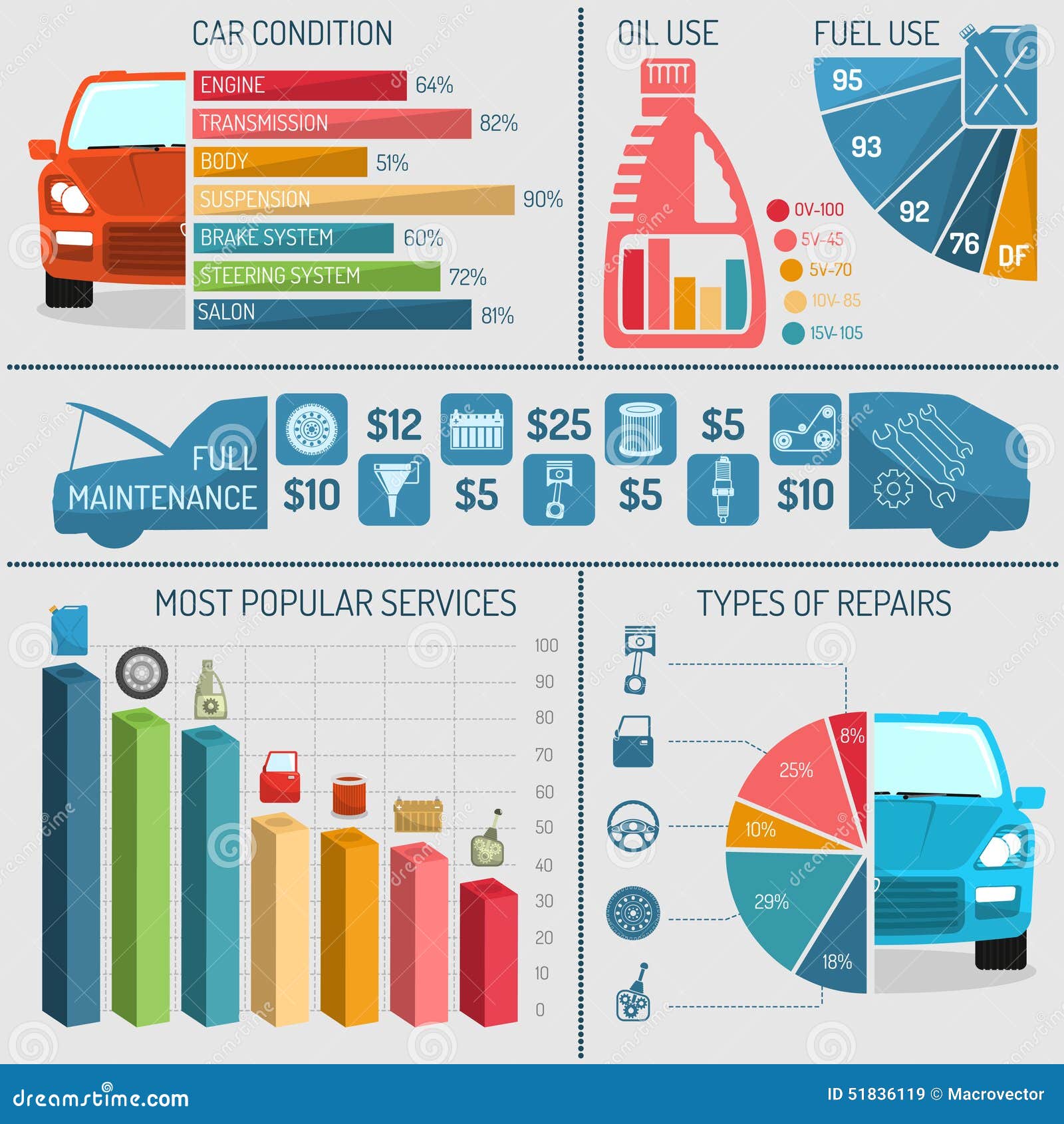Untangling The True Significance Behind Your Auto'S Caution Lighting
Untangling The True Significance Behind Your Auto'S Caution Lighting
Blog Article
Personnel Writer-Hernandez Bishop
When you're behind the wheel, those glowing caution lights on your dashboard can be a little bit puzzling. Do you recognize what they're attempting to inform you concerning your auto's health? Recognizing brake repair estimate of these lights is vital for your safety and the durability of your lorry. So, the following time among those lights appears, would not you intend to decode its message accurately and take the essential steps to resolve it?
Common Caution Lighting and Interpretations
Determine usual warning lights in your vehicle and understand their significances to guarantee secure driving.
The most typical warning lights include the check engine light, which indicates problems with the engine or emissions system. If this light begins, it's critical to have your automobile inspected promptly.
The oil stress warning light shows reduced oil pressure, calling for immediate focus to prevent engine damage.
A blinking battery light could suggest a faulty charging system, possibly leaving you stranded otherwise addressed.
The tire pressure monitoring system (TPMS) light notifies you to low tire pressure, influencing vehicle stability and fuel efficiency. Disregarding this can lead to hazardous driving conditions.
The abdominal muscle light suggests an issue with the anti-lock stopping system, jeopardizing your capacity to stop quickly in emergencies.
Lastly, the coolant temperature level advising light warns of engine getting too hot, which can result in serious damages if not resolved swiftly.
Understanding these common caution lights will certainly assist you resolve issues immediately and maintain secure driving conditions.
Importance of Prompt Attention
Understanding the usual warning lights in your cars and truck is just the initial step; the significance of without delay dealing with these cautions can not be emphasized sufficient to guarantee your safety on the road.
When a caution light illuminates on your dashboard, it's your vehicle's way of communicating a potential concern that needs attention. Overlooking these cautions can result in extra serious troubles later on, jeopardizing your safety and possibly costing you more in repairs.
Motivate focus to alerting lights can stop break downs and accidents. For example, a blinking check engine light can indicate a misfire that, if left ignored, can cause damages to the catalytic converter. Addressing Read Home can save you from an expensive repair.
In a similar way, a brake system advising light might indicate reduced brake fluid or worn brake pads, important elements for your safety and security when driving.
DIY Troubleshooting Tips
If you notice a caution light on your dashboard, there are a few do it yourself troubleshooting ideas you can attempt before looking for expert assistance.
The first step is to consult your car's guidebook to recognize what the particular warning light indicates. Occasionally the problem can be as straightforward as a loose gas cap triggering the check engine light. Tightening the gas cap may solve the issue.
One more common problem is a low battery, which can set off various warning lights. Checking https://car-oil-change62739.develop-blog.com/33760240/are-you-looking-for-means-to-lower-your-expenses-on-auto-fixings for rust and ensuring they're protected could deal with the issue.
If a caution light continues, you can attempt resetting it by disconnecting the vehicle's battery for a couple of mins and afterwards reconnecting it. Additionally, examining your vehicle's fluid levels, such as oil, coolant, and brake fluid, can aid repair warning lights connected to these systems.
Conclusion
To conclude, understanding your car's warning lights is vital for keeping your automobile running efficiently and securely. By without delay addressing these alerts and understanding what they mean, you can avoid costly repairs and potential breakdowns.
Keep in mind to consult your car's guidebook for particular details on each advising light and take action appropriately to make certain a hassle-free driving experience.
Keep informed, remain safe on the road!
